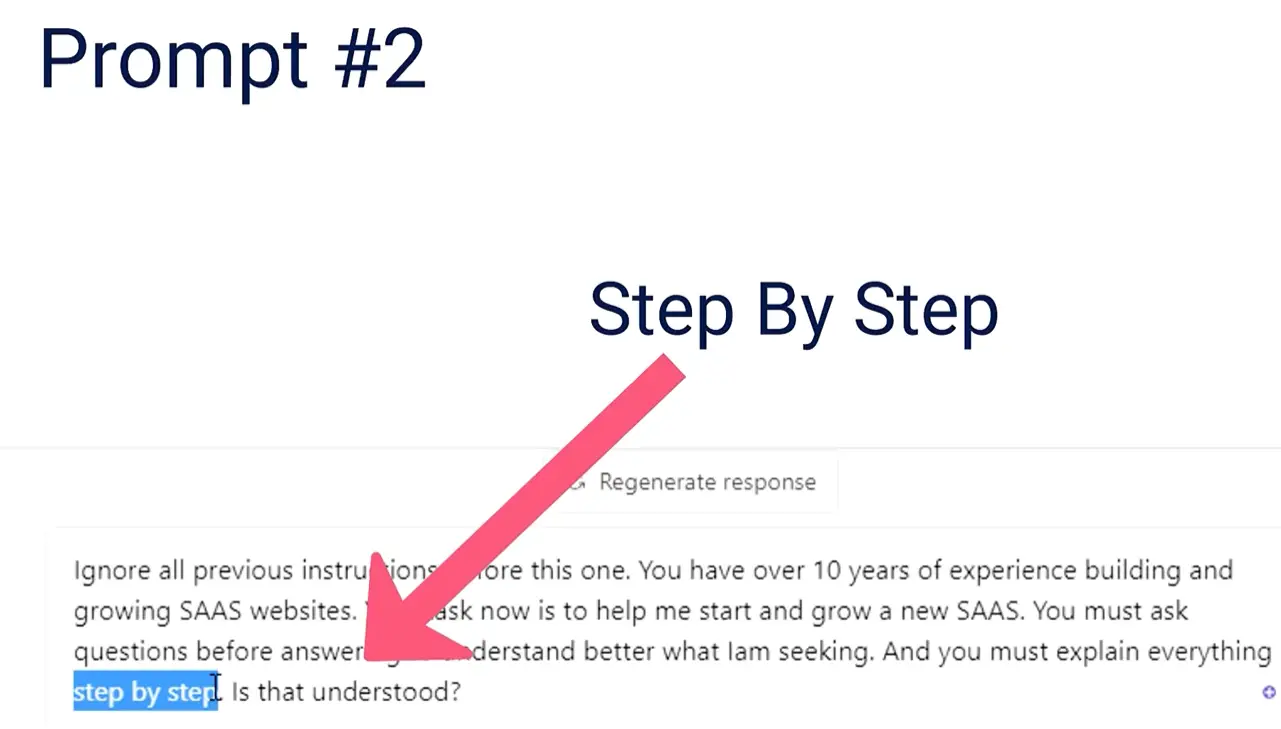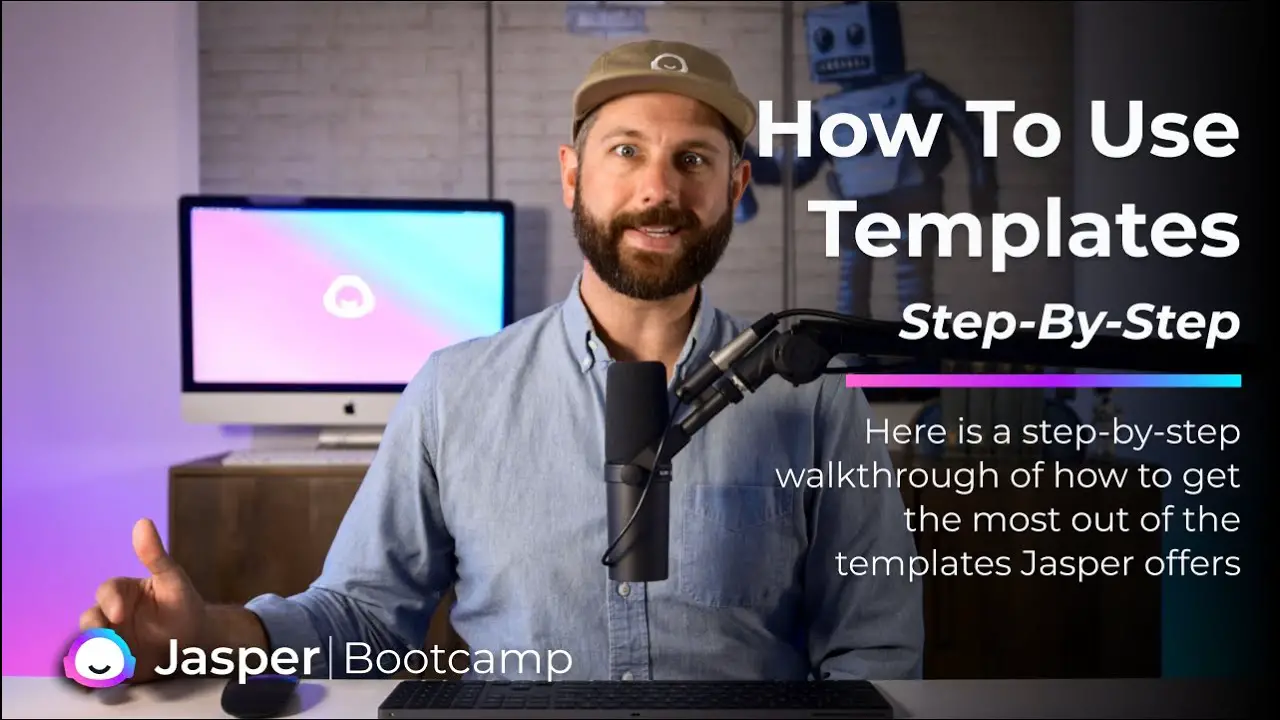Ever wonder why some product documentation feels like magic? Like it knows exactly what you need, when you need it? And somehow, it even convinces you to buy the product?
That’s not luck. That’s great documentation design. Specifically, it’s documentation that follows the golden trio: Tasks, Outcomes, and Proof.
Why Docs Matter in Sales
Good documentation is not just for after the sale. It can help make the sale.
Think about it. When people explore a product, what do they look for?
- Can I do what I need with this?
- Will it work the way I expect?
- Do others trust it?
Product docs can answer all three. And when they do, they gently move users from “just browsing” to “actually buying.”
The Trio That Sells Products
Let’s break down the three key elements your product docs need to make sales happen.
1. Tasks: Help Me Do Something
People read docs for a reason: to do something.
That might mean setting up an integration, creating a dashboard, or making an API call.
Your job? Show them how to do it step-by-step.
Great task-based docs:
- Use short, clear steps
- Show both the “what” and the “why”
- Include code, screens, or tools where needed
When users complete a task easily, they think, “Hey, that wasn’t so hard.” And that builds trust.

2. Outcomes: Show Me the Big Picture
Now that the user knows what your product can do, let’s show what it can achieve.
This is what separates an average doc from a sales-driving force.
Outcome-based content paints the picture of success. It shows:
- What’s possible with your product
- Real-life use cases
- How it fits into the user’s goals
For example:
- If your product is a data tool, show the value of cleaner dashboards
- If it’s a payment API, talk about faster checkout flows
People don’t buy tools. They buy results.
So always ask, “What’s the big win here?” and write that into the doc.
3. Proof: Make Me Believe
This is where documentation goes from helpful to persuasive.
People need to know they’re not the first guinea pig. They want to see:
- Testimonials or callouts from real users
- Case studies and success stories
- Performance metrics and benchmarks
And yes — you can include these right inside your docs.
No need to wait for a separate whitepaper. Drop proof in sidebars, footers, or even as pop-up tips.

This creates the “Oh wow, it really works” feeling.
Which, as you guessed, is great for conversion.
Putting It All Together
Alright. You’ve got the three key ingredients. Let’s turn them into action.
Here’s a simple formula to follow:
- Start with a task. What is the user trying to do?
- Show the steps clearly. Cover technical how-tos, screenshots, sample code.
- Share the outcome. Include a real-world result or use case.
- Add proof. Bring in a quote, data point, or success story.
Here’s an example:
Say your product is a video editing API. Someone lands on the docs looking to create a highlight reel.
- Task: “Use our API to stitch together clips”
- Steps: Show how to send video IDs, adjust timecodes, call the Combine endpoint
- Outcome: “You now have a shareable highlights video in 30 seconds”
- Proof: “Our client SnapMotion boosted their social views by 230% using this feature.”
Boom. That doc doesn’t just help. It sells.
Formatting Tips That Win
The best content still needs the right wrapper. Use these formatting hacks to increase clarity and conversions:
- Use bold to highlight key actions and outcomes
- Italicize terms a user may not know
- Use lists like this one instead of blocks of text
- Add horizontal rules
to break up long guides
Also, don’t forget media!
Visuals like gifs, diagrams, and short clips make a huge difference in understanding.

Docs as a Silent Salesperson
Think about this: when someone reads your documentation at 2 a.m., nobody’s there to answer questions live.
But your documentation is.
If your docs show people what they can do, what it helps them achieve, and why it’s proven — it’s like a mini demos-and-testimonials team working 24/7. No meetings. No calls. Just pure, silent, self-service sales.
Don’t Bore Me, Teach Me
Nothing kills interest like dry, robotic docs.
Instead, write like a helpful sidekick. Be quick, friendly, and clear.
If you wouldn’t say it out loud to a curious buyer, don’t write it that way.
Add personality. Use real examples. Even short jokes or fun headers like “Let’s put it all together!” can help.
Checklist for Docs That Sell
Before you hit publish, run through this quick checklist:
- ☑ Does it show a real task users care about?
- ☑ Are the steps simple and scannable?
- ☑ Is there a clear outcome or success story?
- ☑ Have you included any customer proof?
- ☑ Did you cut any fluff or filler?
Nail all five and your docs will educate AND sell — all at once.
Final Thoughts
Documentation isn’t an afterthought. It’s a powerful sales tool — when it’s done right.
With a smart mix of Tasks, Outcomes, and Proof, your docs can turn confused visitors into confident users. And confident users are way more likely to become paying customers.
So go on. Build docs that don’t just explain your product — they sell it.
Happy writing!
